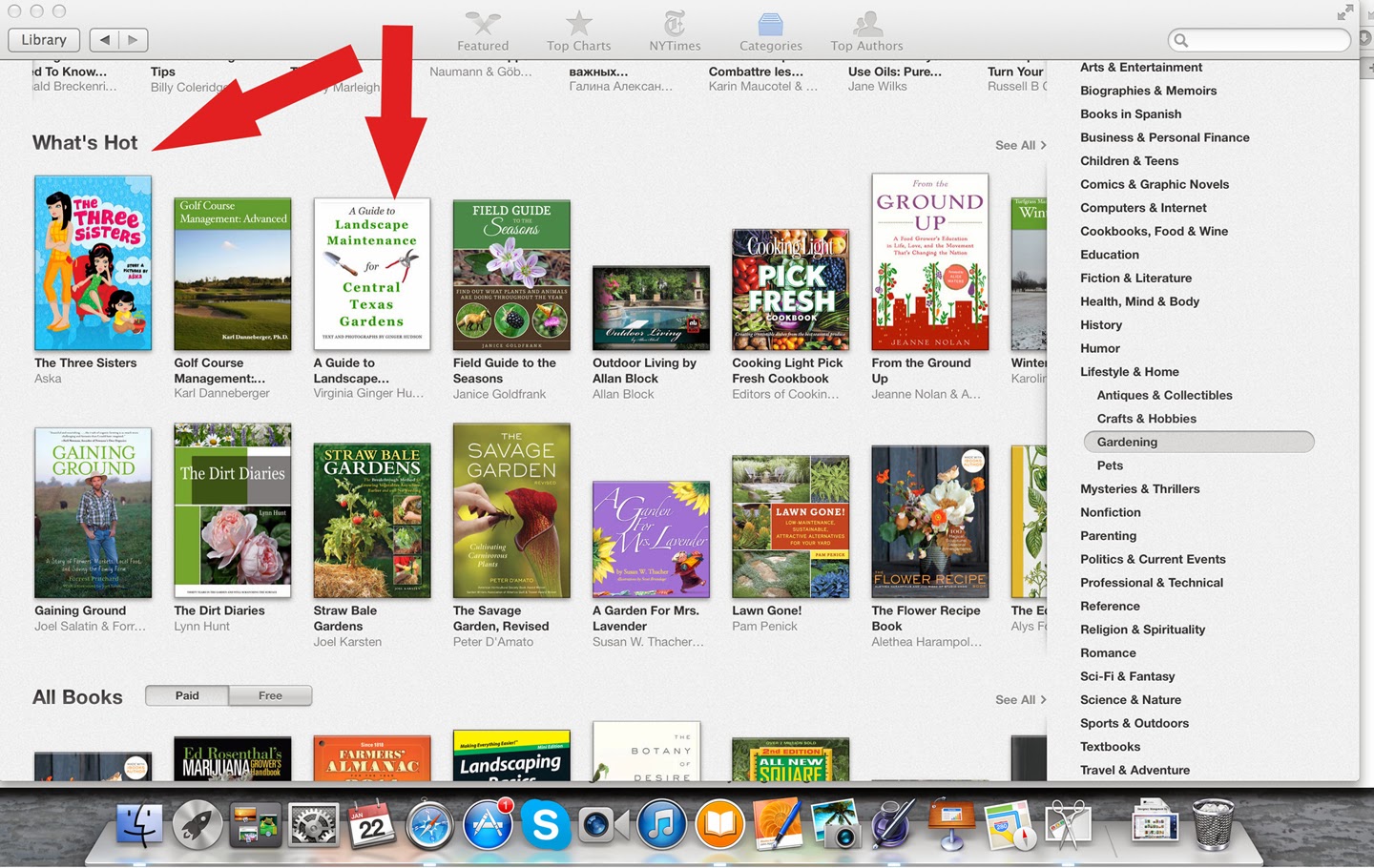With a live showing of my ebook A Guide to Landscape Maintenance for Central Texas Gardens
Thursday October 10 at 7:30 pm I will be presenting “Maintenance for your Garden” at the Georgetown Public Library as a guest of the Williamson County Chapter of the Native Plant Society of Texas. NPSOT meetings are open to the public. My presentation will highlight maintenance tasks for this time of year.
My goal is to give confidence to new landscape owners, as well as long time gardeners, in accomplishing basic maintenance tasks in the garden. I will discuss tools to make the clean-up and winter preparation easy. Myself and the long-time gardeners will give all assurances that it is ok to whack-back the stringy sages, and to let the ornamental grasses seed for wildlife. And while you are out there, go ahead and dig up those perennials that you have been babying through summer. If you had to water them twice a week, its time to let them go and try something new! And yes, we can plant now and in the winter.
Here is a primer if you are starting your list (or cannot attend the meeting):
Cut back perennials that have completed blooming for the year.
Use hand pruners for these: irises, wax myrtle, coneflowers, roses, yellow bells (be ready to cut this one way back after a freeze), pink pavonia, coral yucca stalks, turk’s cap if your flowers have expired-if there are buds hold on to them for traveling hummingbirds. Turk’s cap may need a good whacking back in the winter if your clump is getting un-wieldy or rangey.
Use shears for these: coral sage (be prepared to cut this one to the ground if it freezes in the winter), cenezio, rosemary, germander, inland sea oats, most summer wildflower stalks can be cut to the ground, retain the basal rosette closest to the ground. If you are developing a Wildscape, disperse the seeds from the summer flowers in your landscape.
Any shrubs that you want to shape should be done before a cold spell so new leaves under the sheared area do not freeze. October to November is the best time to shear these: boxwood, cenizo, germander, wax myrtle, yaupons- a note about yaupon shrubs and trees: if you have purposefully planted female yaupons for their berries, use caution when trimming so the berries remain through fall and winter for wildlife. You will have another chance to shear in late winter.
Allow these to complete their bloom cycle: copper canyon daisy, bunch grasses (the seeds provide food for migrating birds), salvia gregii
Plant winter herbs and vegetables such as chives, parsley, broccoli, onions, garlic, and cabbages.
Begin planting wildflower seeds for next spring and summer. You want these in contact with soil before fall rains so they can begin growing during the winter.
For more information on the Williamson County Native Plant Society meeting, visit their website:
For information on the Native Plant Society of Texas Annual Symposium to be held in Corpus Christi this year, visit the state website:



















